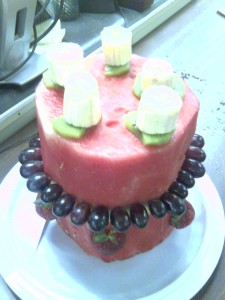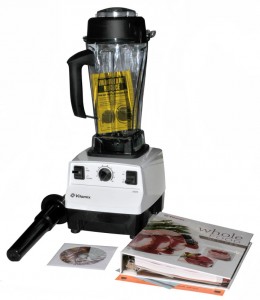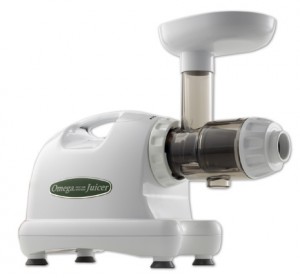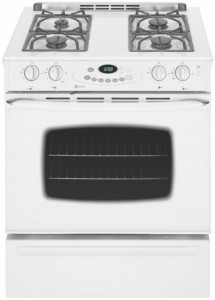It’s that time of year again, when the quest for a panettone is thrust forward – about to the same extent that is hoped for in the dome of the bread itself.
My first attempt this year was just that: an attempt.
It failed. So I used my dough slop which, after an hour, was void of any gluten strands, and turned it into griddle-cakes.
They tasted similar to biscotti, by the way. Just softer. Good save.
Thankfully, I had my notes from last year – both in the form of the following blog post and in scribbled timing notes…
The subsequent two attempts were most definitely successes – one with cranberries and raisins, one with chocolate.
Panettone with Natural Yeast / Lievito Naturale / Pasta Madre – using KitchenAid
STARTER
I decided to use my sourdough starter. My personal demands have been rather intense and the thought of maintaining a second starter didn’t fill me with much joy. I calculated the amount of pre-fermented flour in the 50%hy pasta madre, and ensured that I used the same amount of flour in the 100%hy starter, reducing the added amount of water accordingly (using the recipe in the above link, that translated to 140g @ 100%hy – reducing the 55g of added water by 35g to only 20g.
But my starter uses 100% freshly-ground whole wheat (thank you Mockmill), and that serves to boost the sour aspects of the starter, despite regular feedings. Though delicious, the panettone was definitely sour. Nicely so. But still.
After trawling through many web pages (mostly in Italian), the need to use a 50%hy starter became apparent.
Being able to slice it and bathe it in sugar water and being able to wrap it tightly – both to help controlling the acidity, are things that are impossible to do with a 100%hy starter.
METHOD
The recipe from which I learned to make panettone was credited to Morandin.
But during my reading, two other names [re]surfaced: Iginio Massari and Alfonso Pepe.
Massari is commonly considered the top panettone master. (Chef Roy Shvartzapel, who is largely responsible for a surge in artisan panettone popularity in the US, mentored with Massari).
Anyone who has struggled with failures and successes from the exact same recipe will soon conclude that the only culprit can be technique.
Therefore, from any recipe, one must pay special attention to the method.
Morandin (at least in the recipe that my previous panettone post had used):
In dough 1, the butter and some of the water is all that is held back – everything else is mixed.
The dough goes through various phases, resulting in a something that’s smooth, stringy, and stretchy.
Dough 2 begins by combining the flour to dough 1. When the gluten has been developed, the remaining ingredients (except for the suspensions) are added.
When those are fully incorporated and the dough has pulled away from the sides and formed a smooth ball, the suspensions are added.
Pepe:
Not unlike the Morandin technique, dough 1 starts by dissolving the sugar in water. To this, the pasta madre and flour are added and mixed until smooth and stringy (about 15 minutes). The egg yolks are added, and then the softened butter.
Dough 2 begins by chilling the first dough in order to reduce the temperature to 20C. Flour is then added and the two are mixed until the gluten has been fully developed (approximately 20 minutes). Yolks and sugar are added in small alternating portions (waiting each time to ensure that the dough has “regrouped”) followed by honey, salt, aromatic paste, and finally the butter. At the end, on low speed, the suspensions are added.
Massari:
Dough 1 is prepared almost reverse to the two techniques above: the flour, sugar, butter, water, and some of the yolks are mixed initially. The pasta madre and remaining yolks are added afterwards.
Dough 2 combines flour to dough 1 which is mixed to full gluten development. Afterwards the sugar, honey, and some of the yolks are added, followed by salt and more yolks, finally followed by butter (soft but not melted), water, and the remaining yolks. Suspensions are always added last.
For now, as I embark further on my own journey, I can only recommend that you read the instructions, watch videos, and try, and try again!
Good luck.
References:
https://buonapizza.forumfree.it/?t=76142996&fbclid=IwAR3kEl4n8-qbVfvtScaV5TM_q_gCgqKhfdKYluUYczwt2jFIPq80ErjX7ag
https://vdfpani.blogspot.com/2017/12/il-panettone-da-iginio-massari.html
Panettone di Massari
http://www.pianetapane.it/OldPP/index.php?option=com_content&view=article&id=2068:iginio-massari-spiega-i-segreti-del-lievito-madre&catid=7&Itemid=109
https://www.dissapore.com/ricette/panettone-iginio-massari-guida-completa/
Il panettone ricetta di Massari, realizzato con impastatrice e forno casalingo




